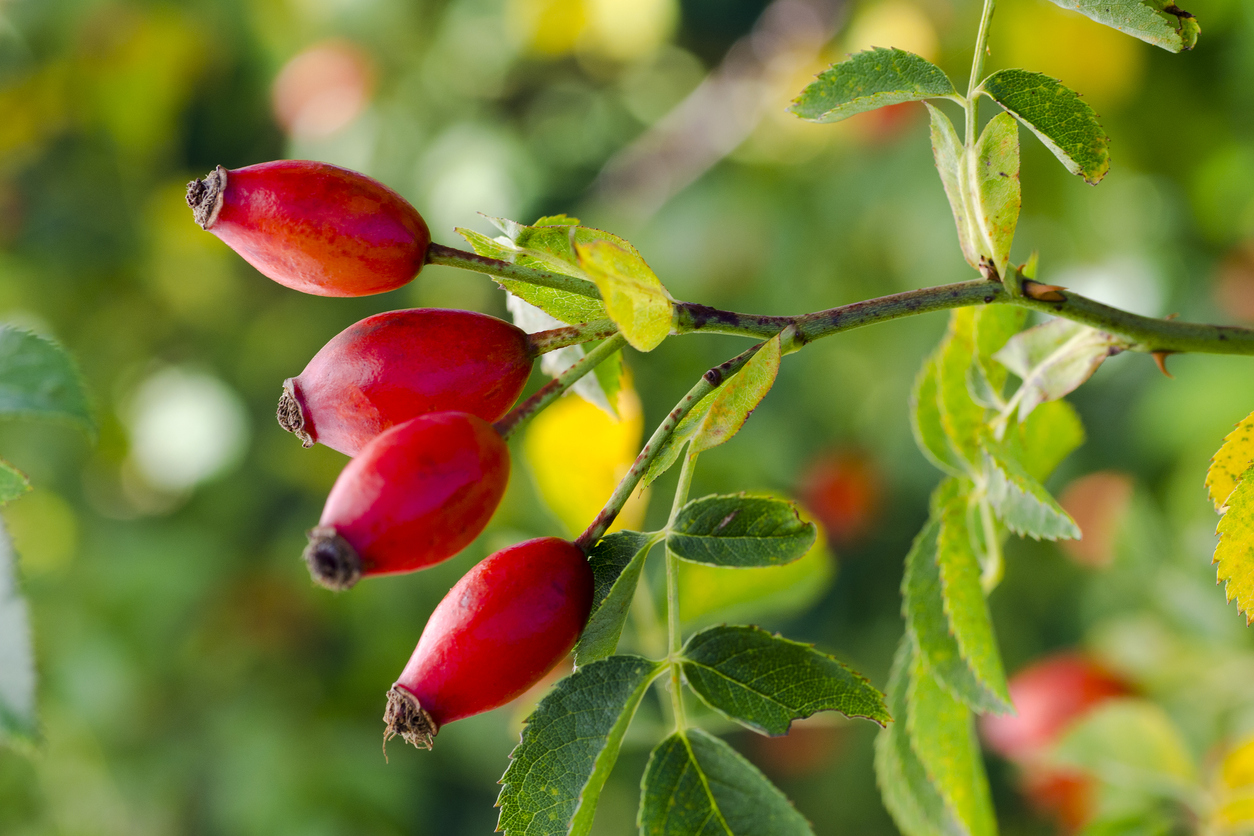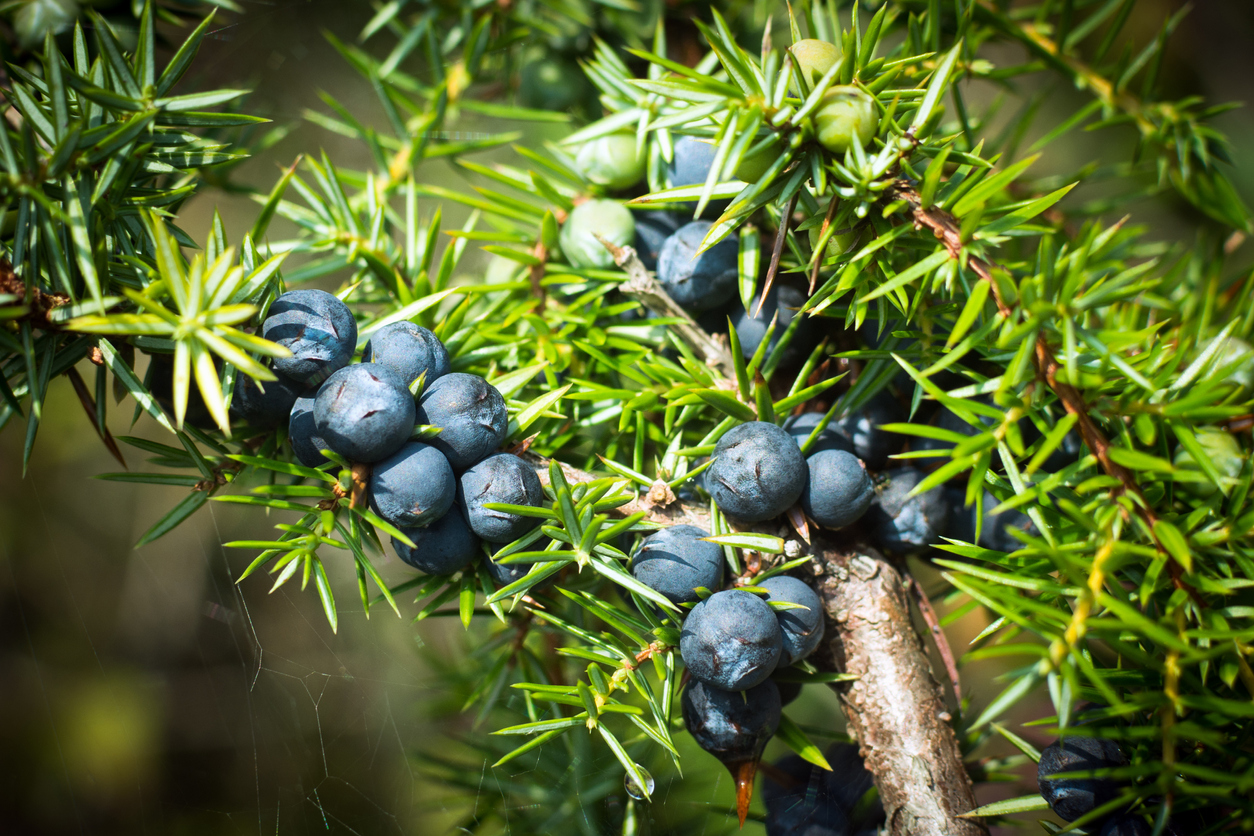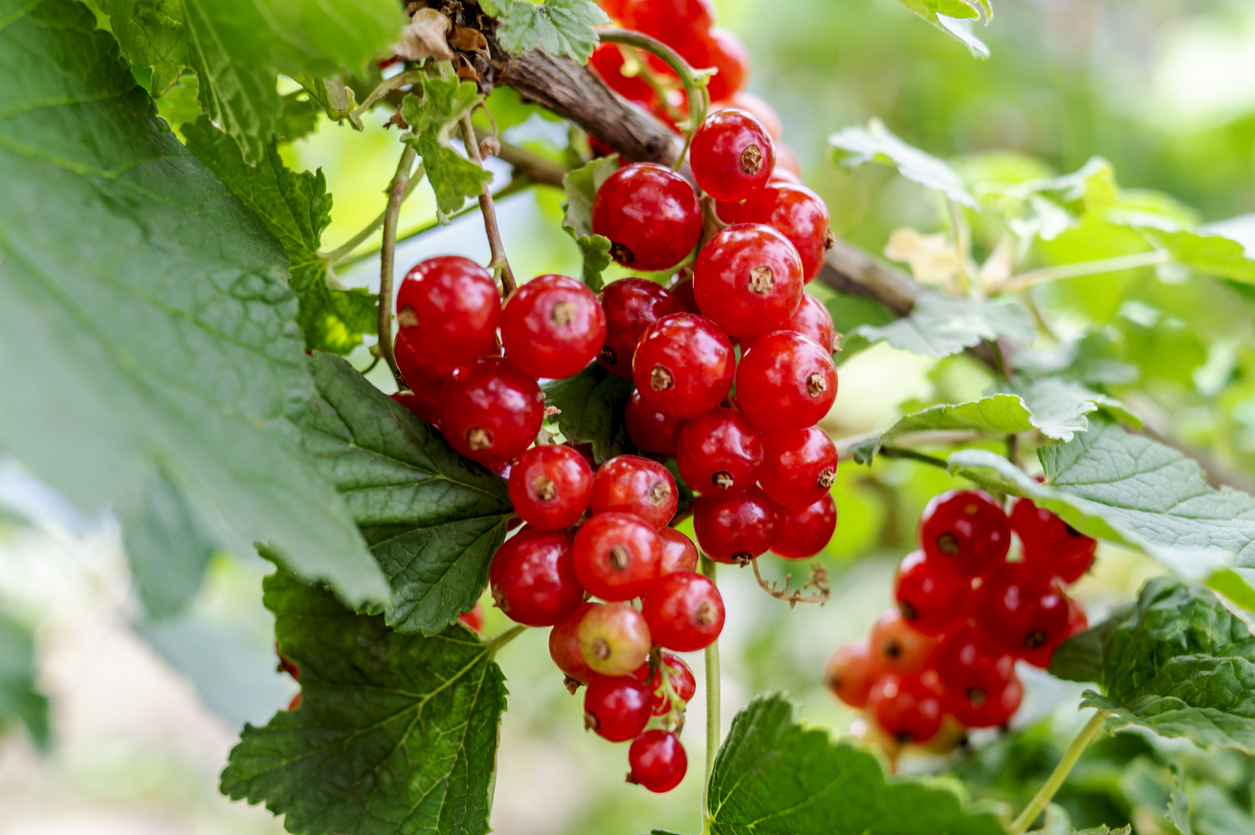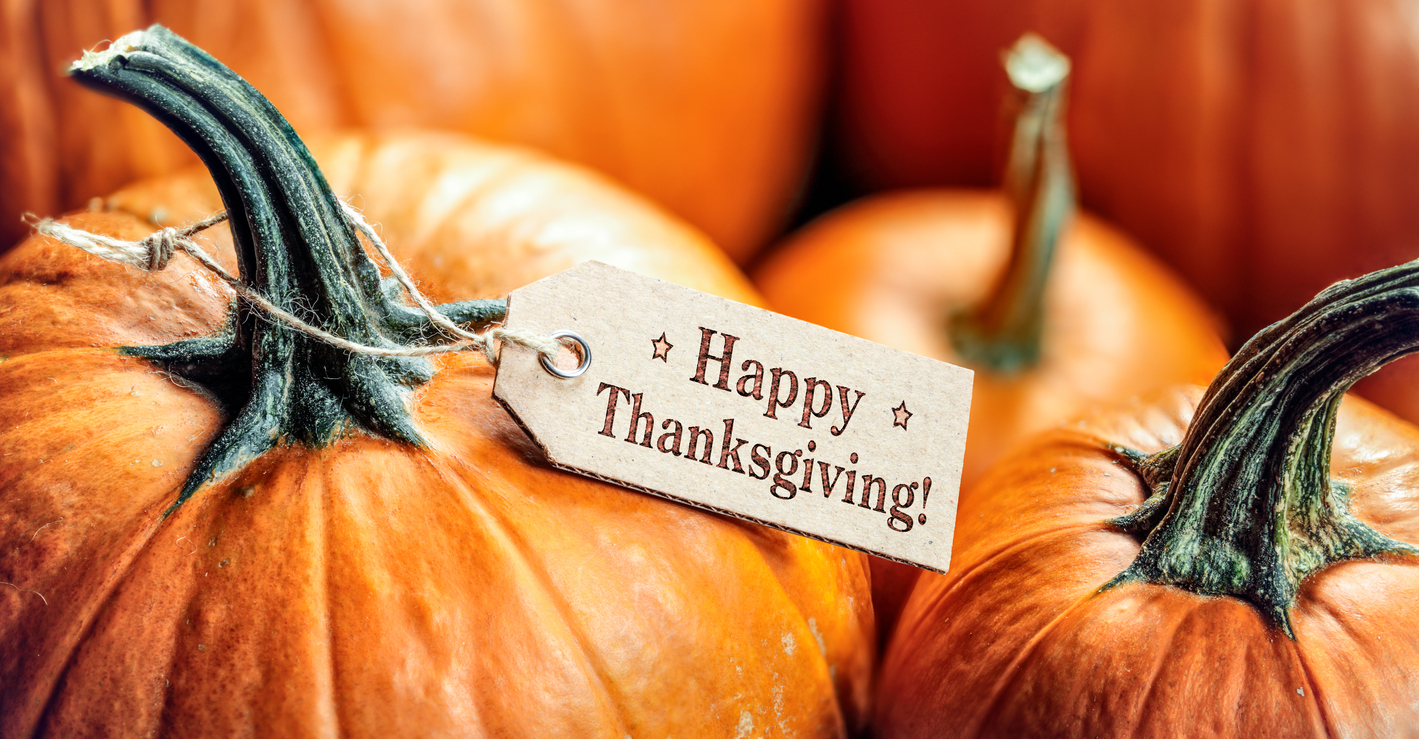Let’s be honest, meat is the star of the Thanksgiving show. So sauces and flavourings is where it’s at when you’re looking to perk up your festive spread with wild edibles. Whether you’re serving up some waterfowl you harvested this year, a feast of fresh fish or the traditional gobbler, these delicious and nutritious additions are worth a gather.
Advertisement
No doubt you are familiar with roses and their fruits – rosehips – and have seen squirrel-nibbled remains scattered on logs on your travels. These bright red and orange fruits ripen at the beginning of fall (just in time for Thanksgiving) and can be found on the bush late into the winter. They taste the best after the first frost and are high in vitamins A, B, E and K. Three rosehips have more vitamin C than an orange! If you channel your inner squirrel and eat the fruit fresh off the bush, beware of the hairy seeds which can be irritating to your digestive system. They weren’t nicknamed “itchy bum” for nothing! To get rid of the seeds simply chew and spit, halve and scoop, or boil and strain the seeds out.
Advertisement

Rosehips can be made into sauces that are good on a variety of meats. To make rosehip jelly, boil together 8 cups of rosehips and 6 cups of apple juice, reduce heat and simmer for an hour before mashing and straining out seeds. Add 1/2 cup lemon juice, one 2-ounce package of pectin, 1/4 tsp butter and 3 1/2 cups sugar. Bring this to a slow simmer and when the mixture thickens, pour into jars. This jelly can be made into a variety of meat sauces or used as is! Roses can be useful beyond the Thanksgiving table: rosebush stems were once used to make arrow shafts and hunters would make a wash out of the branches to mask their human scent.
Speaking of scents, onions are always a great flavour to use in the kitchen. Wild onions grow on rocky slopes and in dry, open areas and are easily identified with your nose. If it smells like an onion, it’s an onion! In the spring, they flower purple or white nodding bells. If you want to use the bulb, wait to harvest when the flowers are dead and the plant has set and spread its seed. Use leaves as you would a green onion, and the bulbs like, well, onions! Because of their antibacterial, antifungal and antiviral properties, onions have also been used to treat cuts, burns and insect bites and were rubbed on the skin to repel insects.
Advertisement

Juniper can help spice up your feast and repel insects too. Harvest a handful of the beautiful berries and at the same time collect a few branches to burn for a mosquito-repelling smoke. Ripe berries are deep blue-purple, immature berries are light coloured. Dried and ground berries can be used as peppercorns to season trout stuffing, roast birds and roast potatoes. In Europe, juniper berries are commonly used to make corned beef. The strong taste makes it the chosen flavouring in gin, and a perfect complement to wild game. You can cook fresh berries, wild plums, meat stock, garlic and bay leaves into a sauce to serve over roasted fowl or pork. As with a lot of wild foods, juniper should be consumed in moderation in general, and not at all by pregnant women.

Currants are juicy, tart, versatile berries that can be eaten by the pregnant women gathered around your Thanksgiving table. Whether eaten fresh, processed into jams and jellies, added to pies or made into wine, they are a worthwhile fruit to forage. Some currants are covered in spines, berries and all, so singe off the sharp hairs by rolling in some hot ashes before eating or using. Currant shrubs growing near a lake was believed to be a sign that it contained fish. If your thanksgiving dinner is of the aquatic variety, sauces or jams made with red and black currants are delicious with fish and fish roe, according to some Indigenous groups.
Being able to harvest and forage nature’s delicious bounties is something to celebrate this Thanksgiving and these are just a few of the flavour boosting additions you can collect while you are out there. Enjoy your wild feast!
